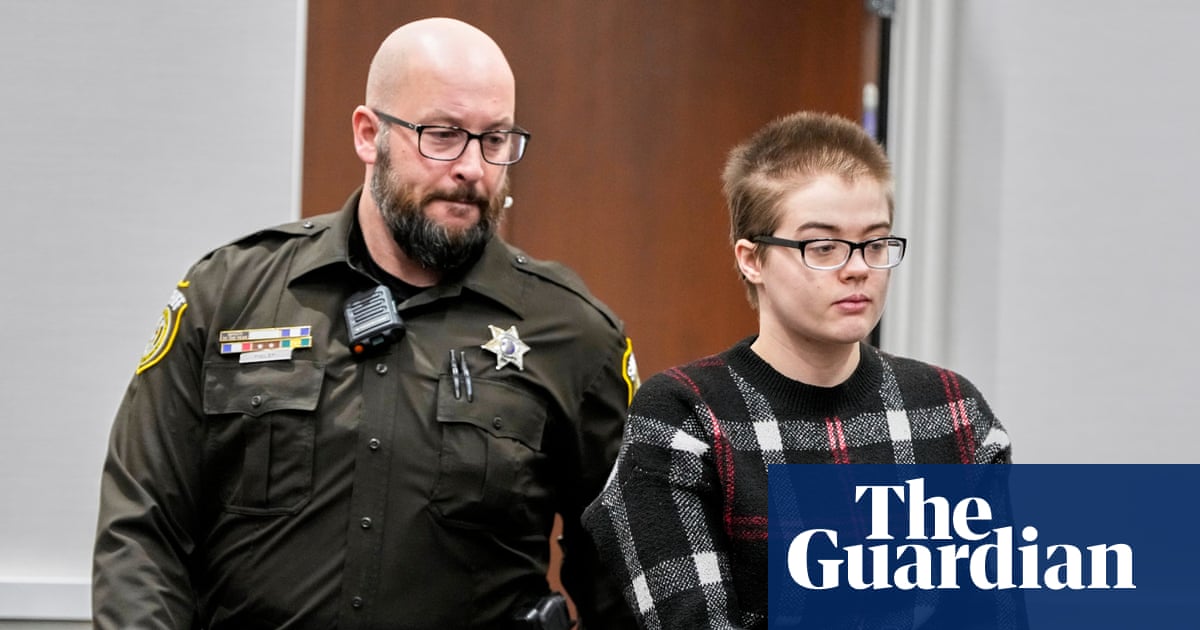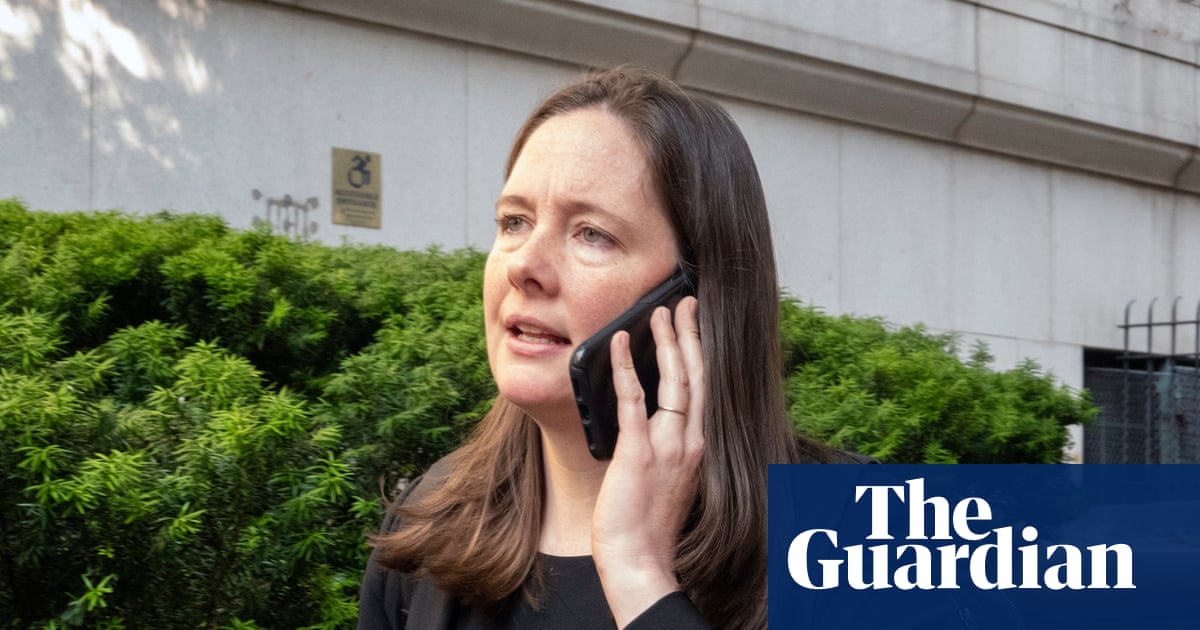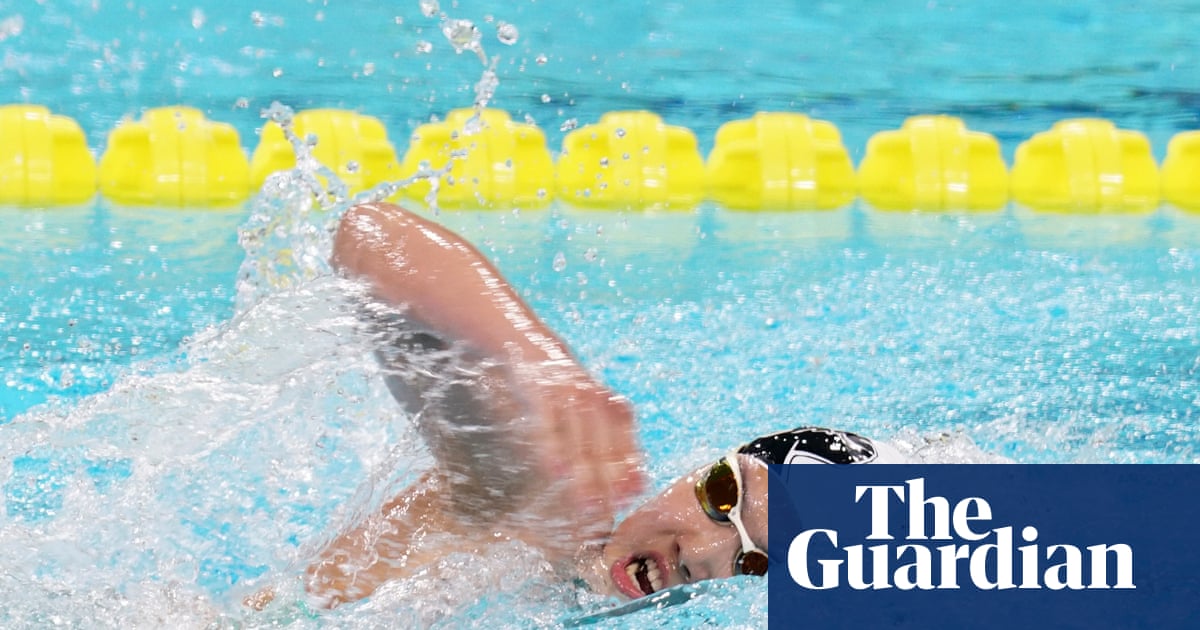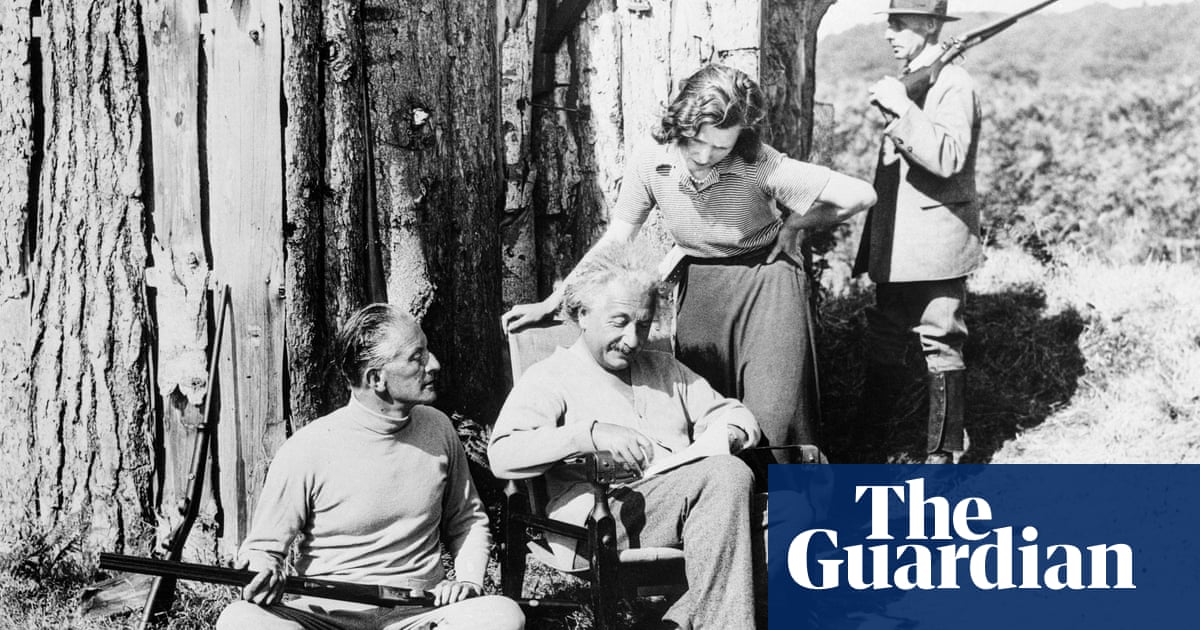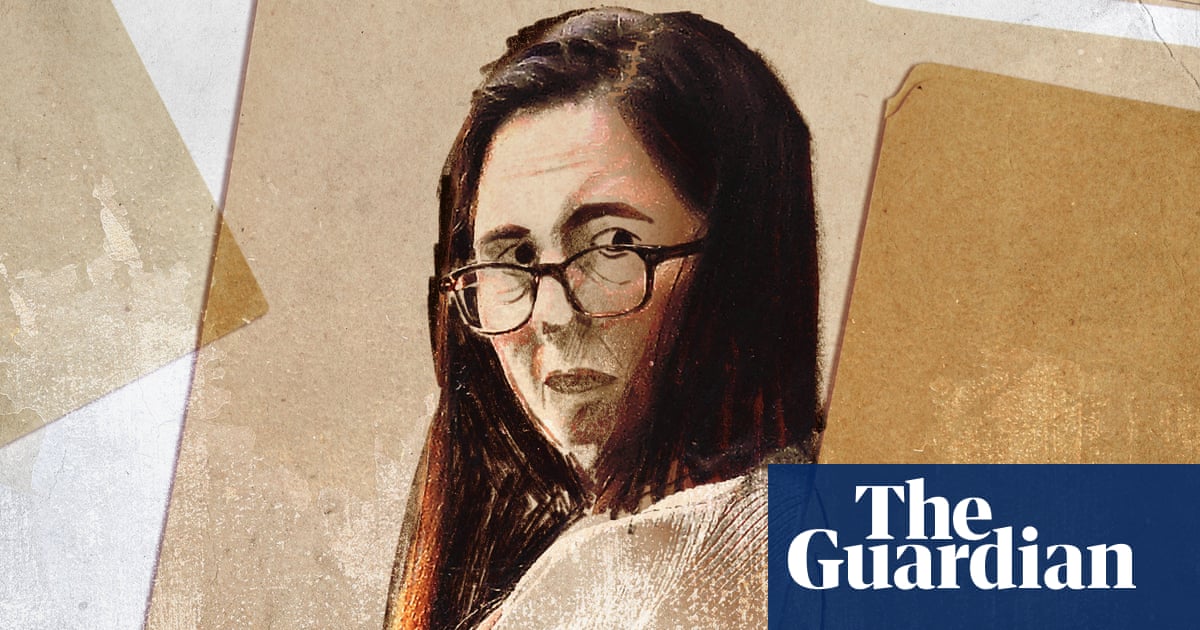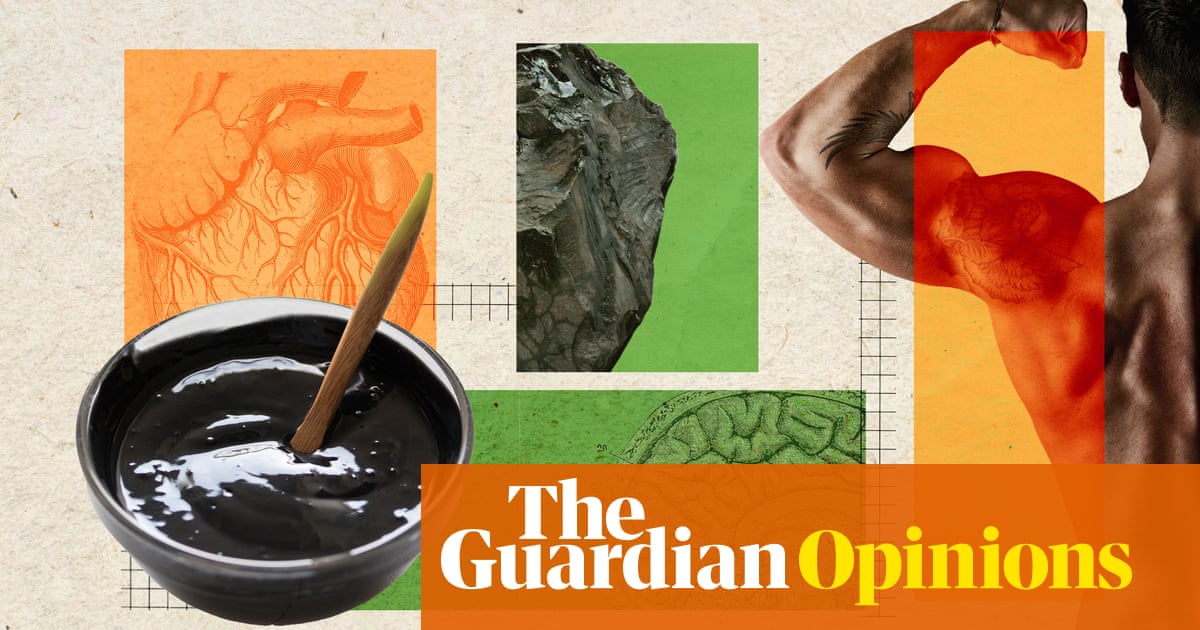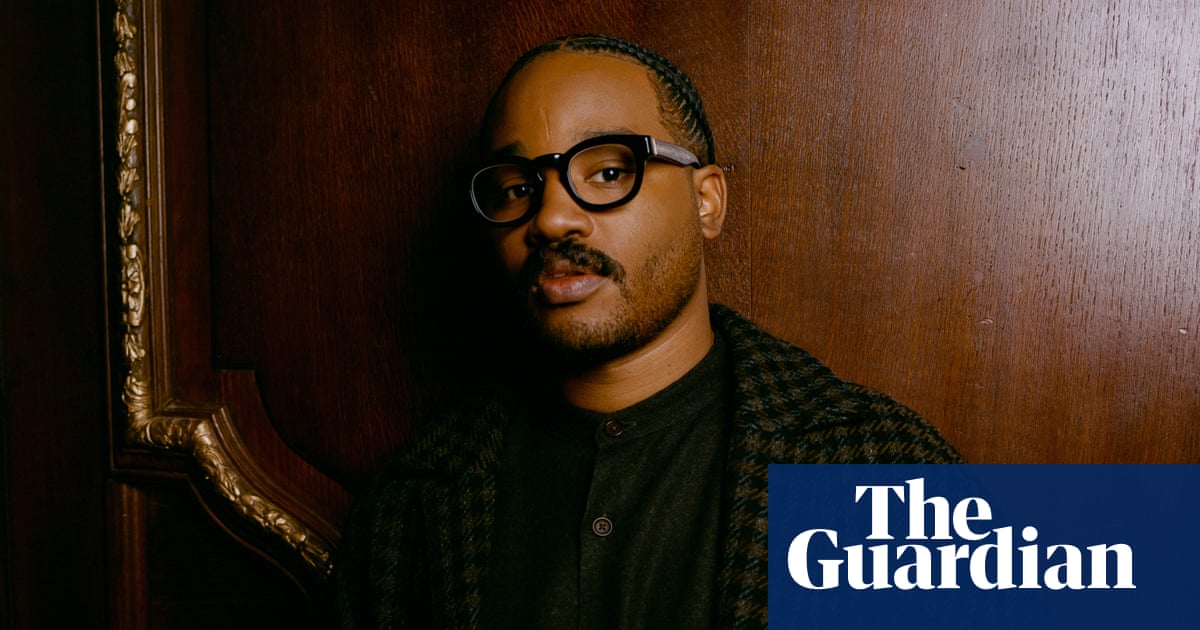Laurence is a woman in desperate need of an act of human kindness. A hug, a cuddle: that is all she needs to keep at bay the nightmarish visions that haunt her day and night, the grey-haired patient urges her psychiatrist, words pressed through a clenched jaw, eyes bulging in panic. Yet on her ward at the Esquirol hospital centre in Paris, such simple gestures are impossible to come by. “When I asked for a hug,” Laurence laments, “they gave me a jar of yoghurt.”
This scene, from Nicolas Philibert’s new documentary At Averroès & Rosa Parks, is as hard to watch as anything you are likely to see on a cinema screen this year. But it is especially remarkable coming from perhaps the world’s pre-eminent maker of humanist documentaries. The Frenchman Philibert is one of modern cinema’s great champions of kindness. Aged 74, he has built a career making award-winning observational portraits of places that excel at giving care within a hostile modern world: a southern French school for hearing-impaired people in 1992’s In the Land of the Deaf; museums and the people who dedicate their lives to maintaining the objects inside them in Louvre City (1990) and Animals and More Animals (1995); a single-teacher infant school in the rural Auvergne region in Être et Avoir, his 2001 international breakthrough film.
On the Adamant, his 2023 Golden Bear-winning doc about an occupational therapy centre moored on the river Seine, was Philibertism par excellence: a film about a place that heals because it lives up to the simple ideal of treating patients as people. Yet its follow-up – which explores where some of the Adamant’s passengers go on their bad days – is a film about a place where healing never seems to take place.
“[For] On the Adamant, I filmed a lot of workshops and group meetings,” Philibert says on a video call from Paris. “In At Averroès & Rosa Parks, the atmosphere and architecture is more severe, the space is more constraining. When the patients are in the hospital, they are more vulnerable, they are more in pain, they are overwhelmed by anxieties. Life is a hell. Everyone is locked in their solitude.”
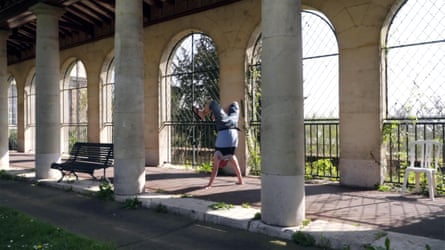
The film about the floating daycare centre became a crowdpleaser because it managed to portray a potentially forlorn place as something more akin to an elite institution for outsider artists (its name, riffing on that of the English post-punk singer who has been open about his bipolar disorder, is no coincidence). But during the filming Philibert realised: “If I didn’t show that the patients circulate between the boat and less prestigious structures, I wouldn’t be showing reality.” The result is what he calls a “triptych” of three films shot over a 12-month period between April 2021 and 2022, screening for the first time in their entirety in the UK at London’s Bertha DocHouse cinema next weekend.
The third of the three films, The Typewriter and Other Headaches (Philibert says they can be watched in any order), is still infused with its director’s typical humanism: following the Adamant’s carers as they visit their patients at home to repair broken typewriters, printers and record players, it shows how broken machines and severed links to the outside world can be fixed.
And if we do not see any repair work in At Averroès & Rosa Parks, it’s not for the carers’ lack of trying. Made up entirely of conversations between mental health patients and their psychiatrists, it shows the hospital’s staff display extraordinary empathy in their handling of people with severe conditions. We hear them engage respectfully with Olivier, who is confused about family relations and tells his carers that other people’s daughters are his, and that his grandfather is present at the hospital in the shape of other patients. We see them listen patiently to Noé, who speaks multiple languages, makes art, practises Buddhism, teaches philosophy, but also suffers from “megalomania”, a condition he believes was brought on by swallowing a handful of acid at a trance festival as a teenager.
But there is always a lurking sense that these conversations are under strain. One patient, Pascal, tells his carer that great psychiatrists are like Kylian Mbappé, the French footballer known for his clinical finishing: “They get to the point, they sense things.” But when he lists the names of psychiatrists he considers top of his league, he pointedly omits to mention the woman he is talking to, and then phases out of the conversation completely. Laurence’s psychiatrist goes to extreme lengths to assuage her fear that the carers are out to harm her and steal her cigarettes, but she snaps back: “I don’t trust you, I stopped trusting you ages ago. You’re dumb, you’re dumb as shit.” He doesn’t retaliate – there’s a camera rolling, after all – but can’t quite stop the hurt pride from showing on his face.
“I really wanted for this second film to be based almost entirely on speech and listening, because these are two things that almost becoming extinct in the psychiatric world,” says Philibert. “Public hospitals in France and elsewhere are becoming abandoned by public power. It translates as a deep lack of means, a deep lack of attractiveness. A lot of nurses who work in psychiatry end up leaving because they can carry out their work with dignity less and less.”
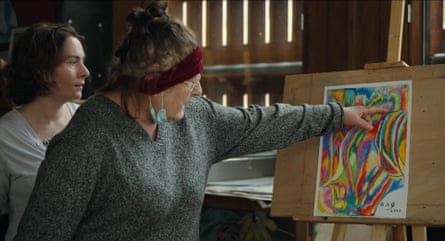
At the end of the film, we meet Laurence again. Her flowing locks have been trimmed short, and she has bloodied plasters on her fingers and festering burns on her face. In a moment of desperation, we learn, she set herself on fire. I wonder if that last scene comes close to violating one of the principles Philibert’s previous films adhered to: for all his interest in people with mental troubles, he usually goes to some lengths to avoid showing them in their troubled state. Yet his depiction of Laurence could be seen to be using her pain for dramatic effect.
Philibert is quick to reassert his ethical guidelines. “My films rest on trust,” he says, adding: “Even if a patient or a carer signs a written authorisation, it doesn’t mean that you’re immune or that legal pursuit isn’t possible if you tarnish the image of a person.” He’s speaking from experience: after Être et Avoir became a breakout hit, the teacher at the heart of the film (unsuccessfully) tried to sue Philibert for a share of the profits, claiming that the film’s success rested entirely on his personality.
In Laurence’s case, Philibert insists that she gave her consent before and after the filming, because she perceived his request “a proof of consideration”. “‘You want to film me? Oh, you’re interested in me. Me who is always sidelined, rejected, made invisible.’”
Still, it’s fascinating to watch a film-maker discover new emotional timbres in his 70s. When the screen cuts to black at the end, and a jazz-guitar version of Beethoven’s Ode to Joy plays over the credits, it feels like we are encountering a very unlikely emotion for a Philibert film: bitterness. And perhaps he is also allowing his beliefs to shine through more than previously. In the film’s opening scene, when staff and patients watch drone footage of the hospital, Noé comments: “It’s scary, it’s like a prison.” Philibert is fond of quoting his fellow documentarian Frederick Wiseman’s maxim: “If you need to drive home a message, send an email but don’t make a film,” but what is this if not a pointed message about the state of modern French psychiatry?
“You know, the world of psychiatry is the realm of the unexpected,” he says. “When you enter, all your certainties are shattered. The madmen reset all your counters to zero. They push you to revise all your diagrams.”
-
On the Adamant, The Typewriter and Other Headaches and At Averroès & Rosa Parks are showing at Berta DocHouse 26-27 July

 5 hours ago
3
5 hours ago
3






